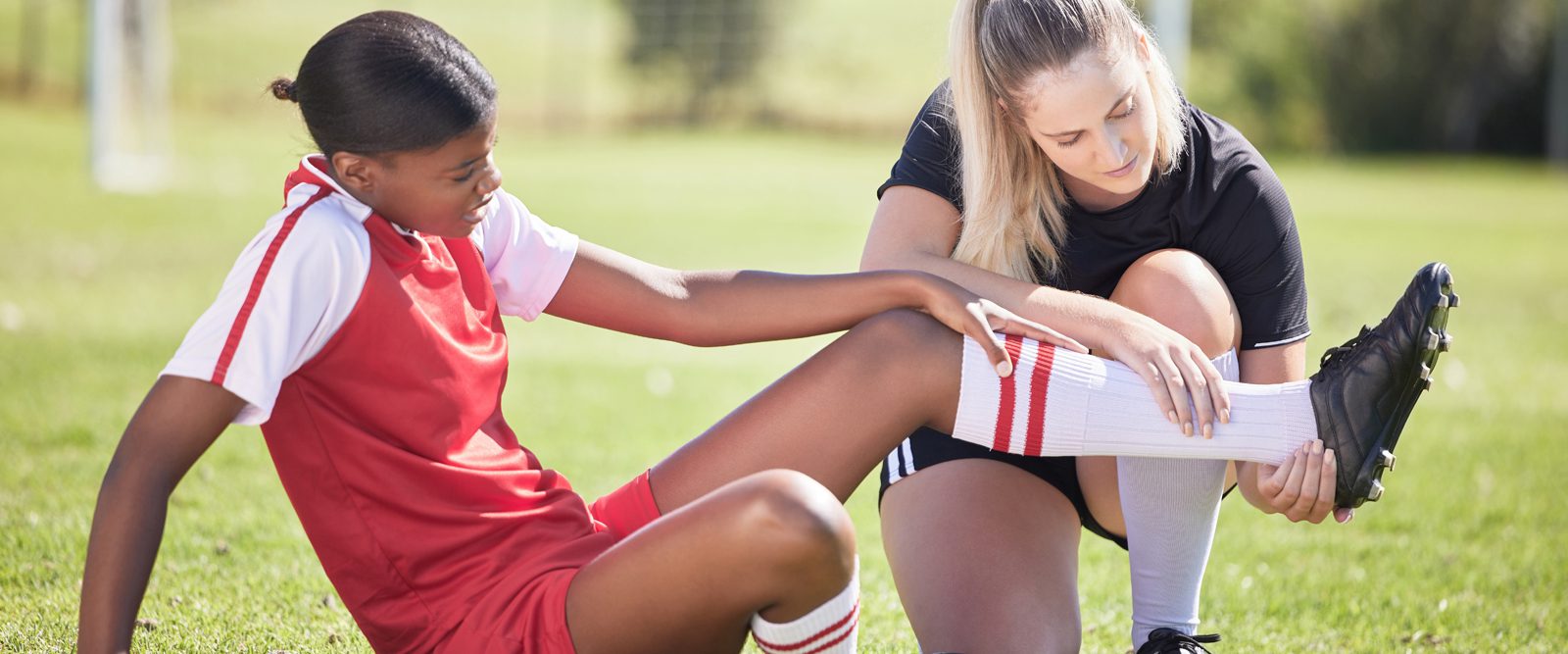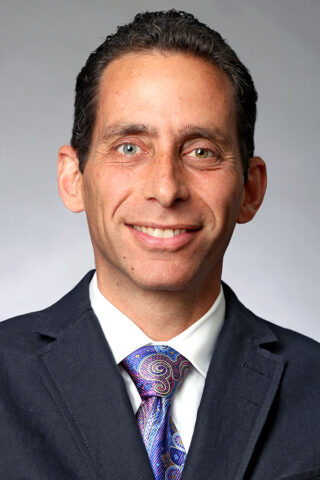5 Facts About Achilles Tendon Injuries
An orthopedic surgeon explains what happens when you tear your Achilles tendon, how to treat it, and what you can do to help prevent injuries.


The Achilles tendon is a strong, fibrous, flexible cord that connects the calf muscles on the back of the leg to the heel. It’s the thickest tendon in the body but is also vulnerable to injury, especially among athletes. Most recently, New York Jets quarterback Aaron Rodgers revealed he had surgery to repair a torn Achilles tendon, which is forcing him to sit out the rest of the NFL season.
But the injury is common among professionals and weekend warriors alike, and recovery can be difficult. Health Matters spoke with Dr. Justin K. Greisberg, chief of the Foot and Ankle Service at NewYork-Presbyterian/Columbia University Irving Medical Center, to explain what to know about Achilles tendon injuries and what can happen after a rupture. Here are the top five facts he shared.

Dr. Justin K. Greisberg
1. Achilles tendon ruptures can take up to a year to heal
Think of the Achilles tendon as a kind of rope between the muscle and the bone. The fibrous tissue of the tendon is even braided, just like a rope. Whenever you use your calf muscle to take a step, the tendon helps move your foot. When you rupture the Achilles tendon, it’s as if there has been a mini-explosion and the tendon becomes disconnected.
The rupture is so violent that it makes the ends of the tendon look like a mop head. The connected muscle essentially goes into shock and will quickly shrivel and atrophy, and there is nothing connecting the muscle to the bone. The tendon has undergone a violent injury and it will take time for the muscle, tendon, and bone to reconnect and gain both mobility and power. That usually takes between nine and 12 months.
2. Most people who rupture their Achilles play a high-impact sport
Someone with unique risk factors or who takes certain medications, or who has been involved in a traumatic accident, may have weakened tendons, but the vast majority of Achilles tendon injuries are among athletes — professional and amateur — who play high-impact sports like football, basketball, or soccer. Also, the average age of someone with an injury is in the 30s or 40s. At that age, a person’s Achilles tissue might be weaker, but they are still able to engage in high-impact or high-level sports.
There is a debate about whether the type of surface you play on can contribute to an Achilles tendon rupture, and it does seem that artificial turf may increase risk for some injuries in general. But it is probably the nature of the sport that poses a higher risk than the nature of the turf.
3. Achilles ruptures can happen in an instant
When you look at the ruptured Achilles tendons of professional athletes, you will see microscopic degeneration in the tissue. While that can contribute to the injury, often a rupture is due to a sudden, explosive force. For instance, if an athlete plants their foot and then they are tackled, or they try to shift suddenly while in motion, that incredible force can cause the tendon to rupture. Nonathletes who rupture their Achilles from stepping or landing awkwardly on their foot probably had more degeneration in the tissue.
Among both groups, though, a person will have no preexisting pain in their Achilles and no warning signs of an imminent rupture, so most people who suffer this injury never even know they have degeneration.
4. A ruptured Achilles tendon can be treated with or without surgery
Surgery to treat a ruptured Achilles is not mandatory. For most people, surgery won’t make the Achilles tendon heal much faster than a nonoperative approach. Tendons are living tissues with healing potential, and we know that rest and rehabilitation can also work. A nonsurgical treatment plan can work well for a lot of people, including some recreational athletes.
If you are an elite athlete trying to get back to a professional level of play, surgery is probably the better option. This is because when the Achilles tendon heals without surgery, it may heal loosely, meaning the tendon loses some of the tension that gave the athlete their running or jumping power. With surgery, we can position the tendon and tighten it so there’s a better chance of getting back to an elite level of play.
Whether you choose operative or nonoperative, there is no quick way to recover from a ruptured Achilles because of the violent nature of the injury. Recovery is slow but progressive, and each month brings steady improvement.
5. You can take steps to prevent injury
Although it’s impossible to predict when an Achilles may rupture, there are things you can do to prevent an injury from occurring. One is to wear supportive footwear. Running shoes are different than sprinting shoes, for instance, so you want to choose footwear that’s both comfortable and appropriate for the sport.
The second is stretching. It’s extremely common to see a ruptured Achilles in a person who didn’t stretch before playing a game of tennis or pickleball at their local park or gym. Focus on stretching your Achilles through warmups like the runner’s stretch, where the knee is held straight and the foot is stretched back. Seated stretches, with the knee straight and the foot pulled back toward your head, can be effective as well. Also stretch your hamstrings, the muscles that run along the back of your thigh. You can do this by sitting on the floor with your legs out straight, extending your arms, and bending at the waist while keeping your legs straight. Regardless of your athletic abilities, these simple steps could help keep you from experiencing a ruptured Achilles tendon.
Justin K. Greisberg, MD, is an orthopedic surgeon specializing in foot and ankle reconstruction and complex musculoskeletal trauma. Dr. Greisberg is chief of the Foot and Ankle Service at NewYork-Presbyterian/Columbia University Irving Medical Center and professor of orthopedic surgery at Columbia University Vagelos College of Physicians and Surgeons. Dr. Greisberg is an expert on complex reconstructive surgeries, limb realignment, diabetic reconstruction, Achilles tendon injuries, stress fractures, and total ankle replacement.

